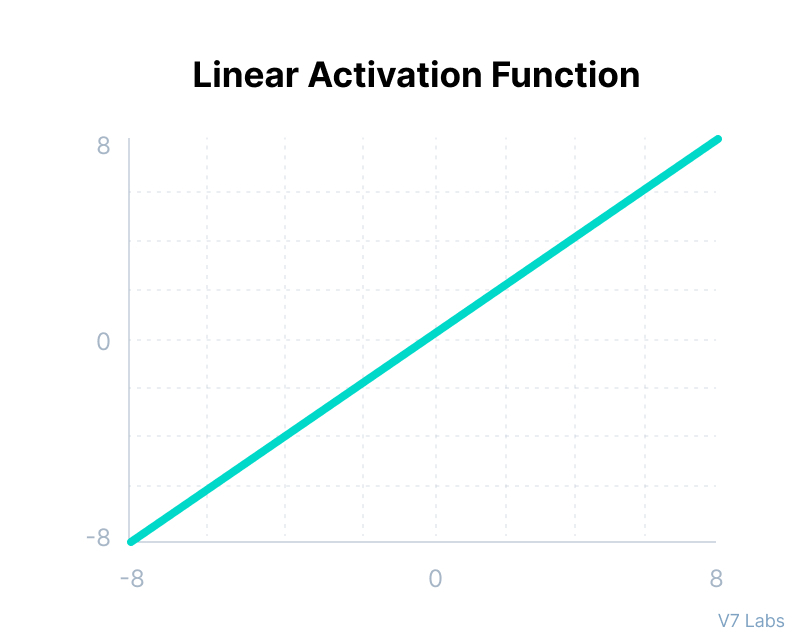AI 이론/딥러닝 이론
[예측 모델링] tensorflow 코딩 (linear함수, MSE 평가) / Dummy variable trap
jasonshin
2021. 11. 29. 16:54
1. 비어있는 데이터 확인
2. X 와 y 설정
3. 문자열 데이터를 숫자로 변경한다. (인코딩 2가지 중 택1)
X의 Geography는 3개로 되어있으므로 원핫인코딩 / X의 gender는 2개로 되어있으르모 레이블 인코딩
Female, Male 정렬하면 Female이 0, Male이 1이 된다.
(원핫인코딩)
pd.get_dummies(X, columns=['Geography'])
# 원핫 인코딩한 결과의 맨 왼쪽 컬럼은 삭제를 해도 0과 1로 모두 3개 데이터표현가능.
Dummy variable trap : 즉 맨 앞쪽 하나의 컬럼은 지워도 된다.
0 0 1 => 0 1
0 1 0 => 1 0
1 0 0 => 0 0
X.drop('Geography_France', axis=1, inplace=True) <= 컬럼하나 삭제해도 무방
4. 각 데이터의 범위를 일정하게 맞춰주는 피쳐 스케일링 한다. (classicfication 2가지 중 택1)
# 딥러닝은 무조건 피쳐스케일링 한다.
from sklearn.preprocessing import MinMaxScaler
scaler_X = MinMaxScaler()
X = scaler_X.fit_transform(X)
y.values.reshape(500, 1)
scaler_y = MinMaxScaler()
y = scaler_y.fit_transform(y)
5. 학습용과 테스트용으로 나눈다.
from sklearn.model_selection import train_test_split
X_train, X_test, y_train, y_test = train_test_split(X, y, test_size=0.25, random_state=50)
6. 딥러닝으로 모델링
import tensorflow as tf
from tensorflow.keras.models import Sequential # Sequential: 딥러닝 그물망 구조
from tensorflow.keras.layers import Dense # Dense: 레이어 한 열을 말한다.
model = Sequential()
# 첫번째 히든레이어 생성 : 이때는 인풋 레이어의 숫자도 세팅해준다. (X_train의 컬럼수)
model.add(Dense(units=6, activation='relu', input_dim= 11 ))
# 두번째 히든레이어 생성
model.add(Dense(units=8, activation='relu'))
# 아웃풋 레이어 생성
# 리그레션 문제의 액티베이션 펑션은 linear사용
model.add(Dense(units=1, activation='linear'))


model.summary()
# 컴파일 한다! Compile한다. 오차함수를 설정하고, 옵티마이저(그레이언트 디센트 알고리즘)를 설정한다.
model.compile(optimizer='adam', loss='mean_squared_error')
(응용)
model.compile(optimizer='adam', loss='mse', metrics=['mse','mae'])
# 학습
model.fit(X_train, y_train, batch_size=20, epochs=20)
7. 평가
y_pred = model.predict(X_test)
# MSE : 오차를 구하고, 제곱한 후 평균을 구한다.
# Mean Squared Error
((y_test - y_pred)**2).mean()
plt.plot(y_test)
plt.plot(y_pred)
plt.legend(['Real', 'Pred'])
plt.show()

# 적용
new_data = np.array([0, 38, 90000, 2000, 500000])
new_data = new_data.reshape(1,5)
new_data = scaler_X.transform(new_data)
y_pred = model.predict(new_data)
scaler_y.inverse_transform(y_pred)
# 모델링을 해주는 함수를 만든다.
# 순서만 맞으면 activation을 빼줘도 된다.
def build_model() :
model = Sequential()
model.add(Dense(units=64, activation='relu', input_dim= X_train.shape[1] ))
model.add(Dense(units=64, activation='relu'))
model.add(Dense(units=1, activation='linear'))
model.compile(optimizer='adam', loss='mean_squared_error', metrics=['mse','mae']) # loss= 'mse'로 써도 된다.
return model
model= build_model()
epoch_history = model.fit(X_train, y_train, epochs=1000, validation_split= 0.2)
val_loss (validation)
학습중에 epochs 한번 끝날때 마다 인공지능에게 랜덤의 데이터를 시험시켜서 확인시킴
학습중에 epochs 한번 끝날때 마다 인공지능에게 랜덤의 데이터를 시험시켜서 확인시킴
반응형